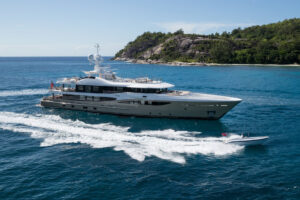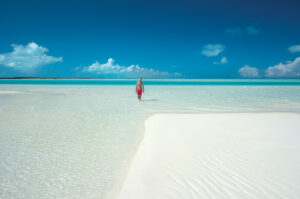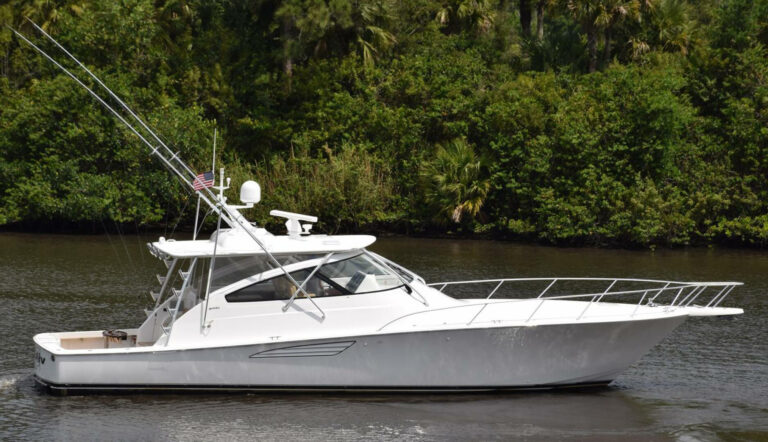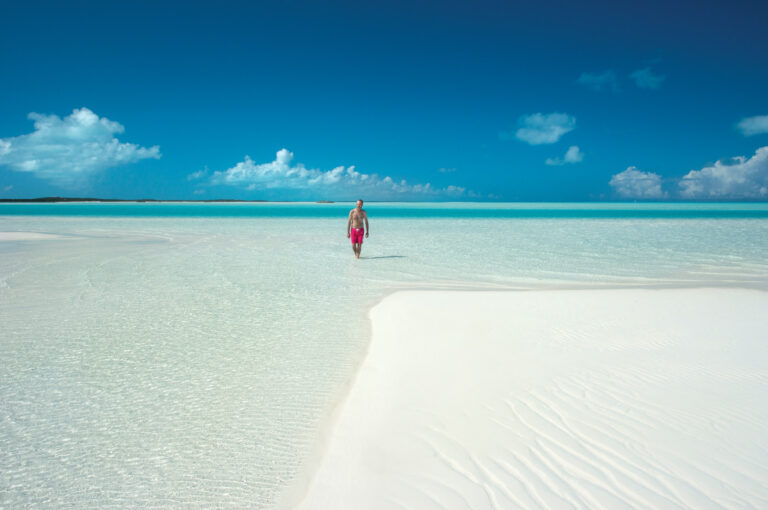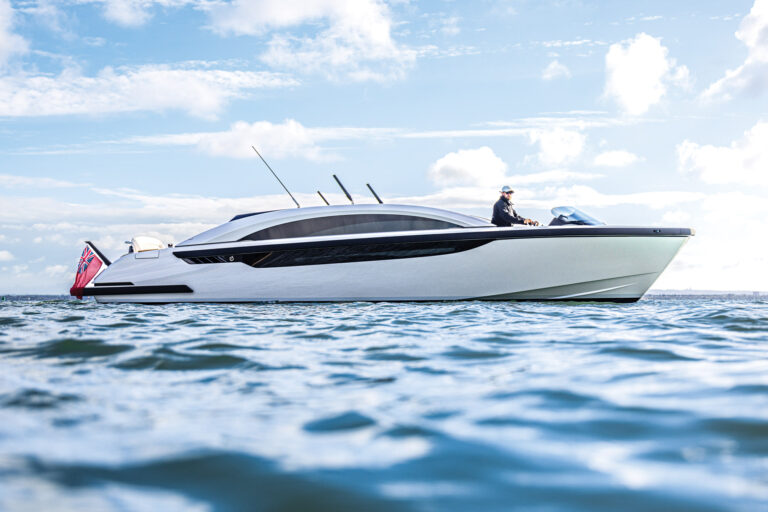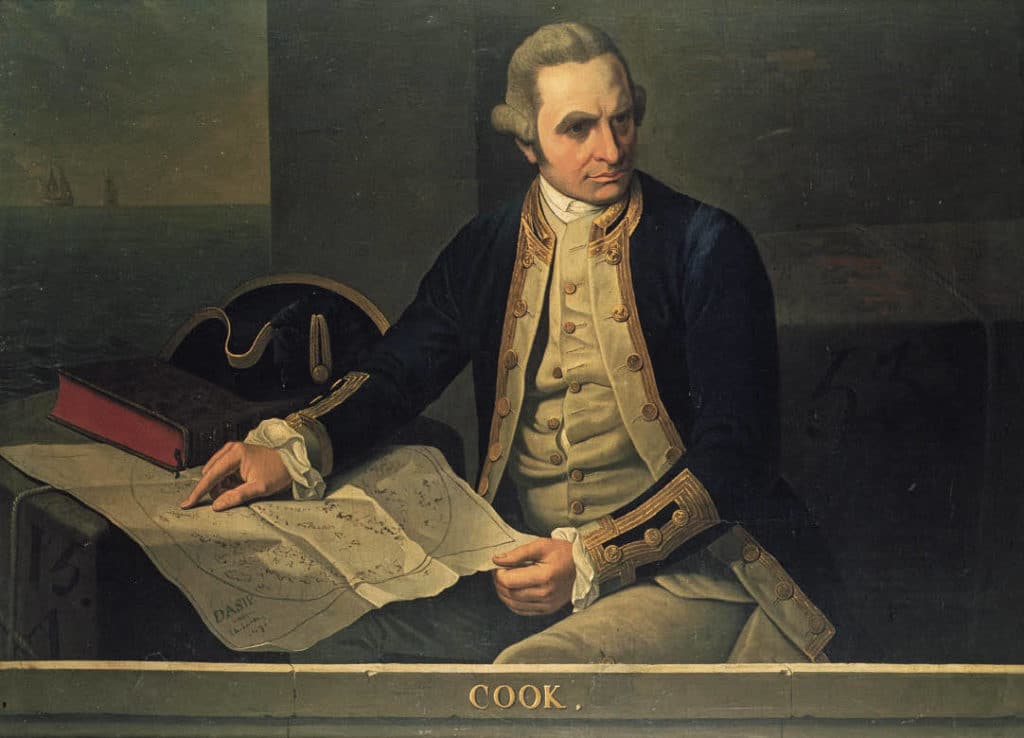
Captain James Cook
In the annals of seagoing exploration, few names compare with Abel Tasman and James Cook. Tasman was a Dutchman widely credited with being the first European explorer to see New Zealand, in the early 1640s. Cook, in the service of the British Navy, was born almost a century after Tasman’s voyages and is credited with being the first explorer to actually land in New Zealand, in 1769.
A new study in the_ Journal of Archaeological Science_ hints that they weren’t the only ones in the region, and that competing explorers followed in Tasman’s wake from Europe, beating Cook to the land of the Kiwis by as much as 50 years — but never returning home to have their names enshrined in the history books.
“There’s nothing written about that intervening time period, and that to me has always been a bit of a mystery,” the study’s lead author, Jonathan Palmer, a climate scientist at the University of New South Wales in Australia, told the journal Nature. “Why hadn’t anybody gone in the intervening 130 years? Maybe there were some efforts and maybe this was an example of one that didn’t return home.”
Palmer and his colleagues studied scraps of wood that were found off New Zealand’s coast in 1983, in what is believed to be the wreck of an 82-foot ship. The wood has been kept in a New Zealand maritime museum ever since. The scientists used carbon dating, tree rings and historical research to analyze the wood, and they determined it’s from a Dutch ship now considered to be New Zealand’s oldest shipwreck, dating to the early 1700s.
No records exist of any Dutch expedition to New Zealand around that time, but Palmer notes that European powers were in a “space race” of sorts to colonize the region, and that some voyages may have been made in secret. Cook did say, after his arrival, that the native Maiori people of New Zealand told him they had killed and eaten the Europeans who arrived before him.
The only way to learn more is to salvage the rest of the wreck near Kaipara Head on New Zealand’s North Island. So far, the government has refused to issue a permit. Perhaps that will change, and more history will be learned.
To access a full copy of the study, visit Science Direct: http://bit.ly/1cOXwak

